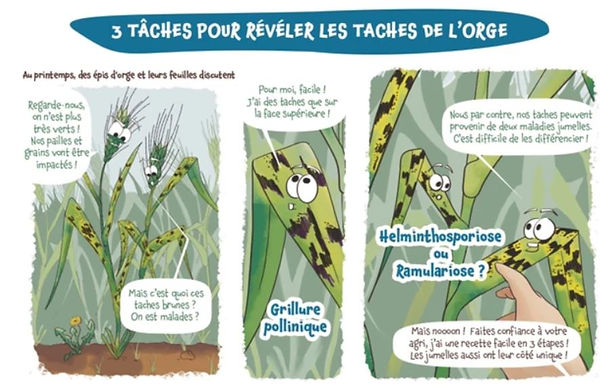

Popularization, what is it?
From the Latin vulgare, "which belongs to the people"*, popularization designates the "act of adapting technical, scientific knowledge, to make it accessible to a non-specialist reader", according to Le Robert**.
The work carried out by professionals and researchers is adapted to the general public. This allows an understanding of the essential concepts that emerge from the studies.
What's the point ?
Popularization is therefore used by companies, communities, research institutes and the media to communicate about more or less subtle concepts. It is thanks to this that the understanding of current climate change issues seems to be broadening to as many people as possible.
20 years ago, the concept of erosion was essentially mastered by geologists while today, television news can address this theme without redefining it: on June 26, 2023, the 8 p.m. news on France 2 headlines one of his subjects
“Houses destroyed by erosion”***.
Subject on erosion during the 8 p.m. TV news on France 2
A distributor of knowledge in different forms
Popularization presents itself as a disseminator of knowledge serving political sciences, social sciences, exact sciences, natural sciences, etc.
In addition to making information accessible, popularization also aims to attract the target so that the concepts are easily transmitted. This is a criterion that comes into play in the choice of the format and style adopted for the popularization support.
Popularization takes place through different means of communication. This can be through a short text embellished with images, through a video, through an exhibition, through drawings…
Excerpt from the comic strip “Tasks to reveal barley spots”
At Agricomics, it is the comic strip that serves as an object of popular science. For example, to help farmers differentiate between helminthosporiosis and ramulariosis, a cartoon page was created representing barley ears and leaves and explaining how to highlight the disease that affects the plants (https://www.agricomics.com/portfolio/3-t%C3%A2ches-pour-r%C3%A9v%C3%A9ler-les-taches-de-l’orge- ).
Comics allow information to be transmitted graphically and make learning more fun.
Bibliography:
* F. Gaffiot, Hachette, French Latin Dictionary, p. 1696, 1934. Available online:https://www.lexilogos.com/latin/gaffiot.php?q=vulgaris
** Le Robert En Ligne, popularization. Available online:https://dictionnaire.lerobert.com/definition/vulgarisation
*** A. Bouleis, L. Soudre, M. Septembre, France 2, United Kingdom – Houses destroyed by erosion, 2023. Available online:https://www.france.tv/france-2/journal-20h00/4996777-edition-du-lundi-26-juin-2023.html
**** L. Triollet, Agricomics, 3 tasks to reveal barley spots, 2023. Available online:https://www.agricomics.com/portfolio/3-t%C3%A2ches-pour-r%C3%A9v%C3%A9ler-les-taches-de-l’orge-


